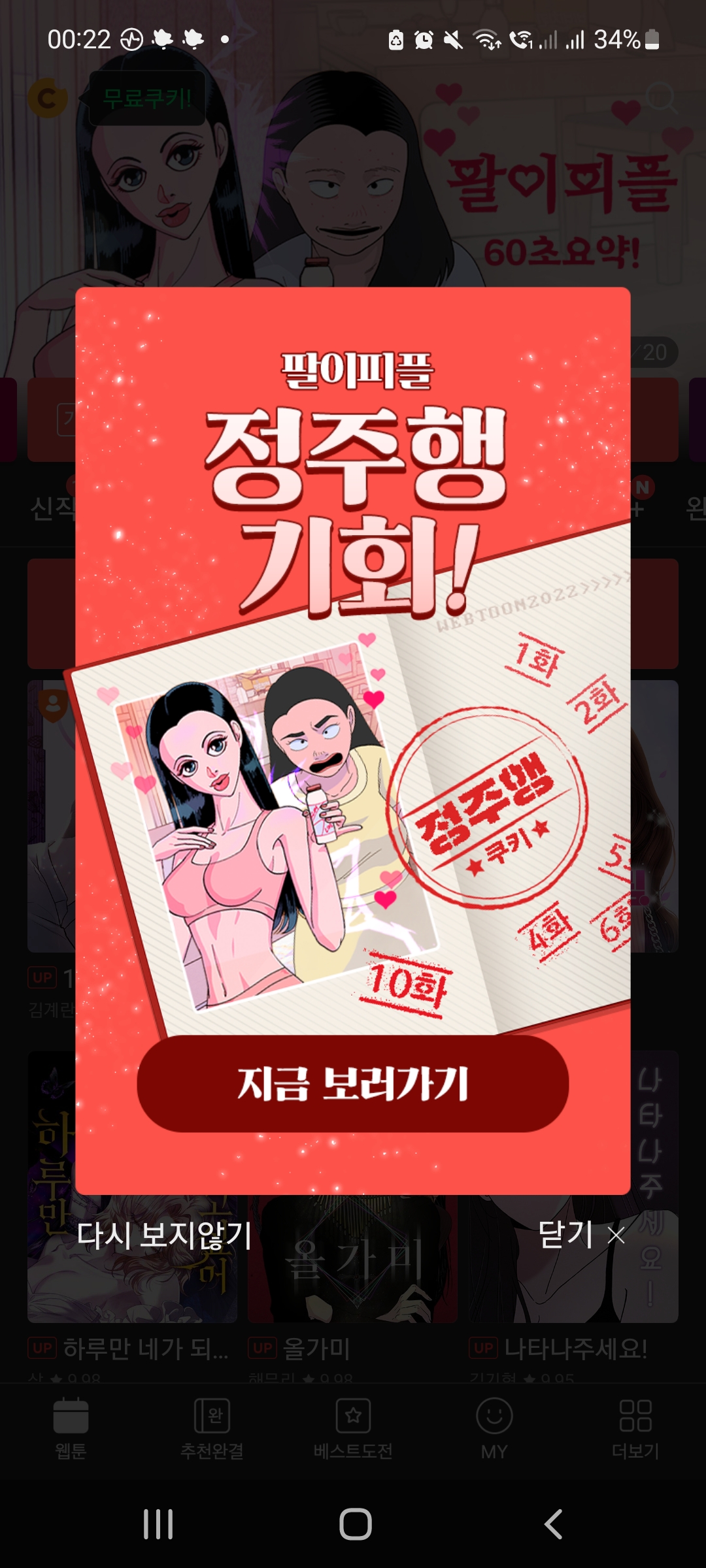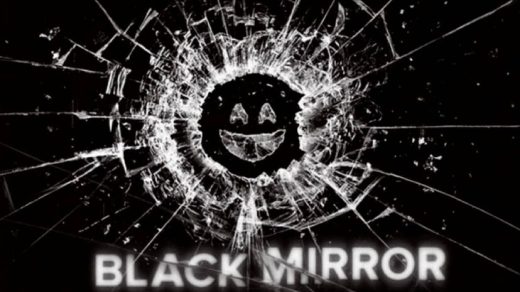Audio
Transcript
Disclaimer: this is our first podcast ever so beware of a lot of stopwords and awkward phrasing. To make this podcast more easily understandable and accessible, please find a cleaned transcript below. With this said, enjoy!
Lena: Hi and welcome to the FLA(c)K podcast! We are Florence, Lena and Alice and we are Digital Media and Culture students who will be your hosts today. This episode we will talk about the evolution of webtoons and discuss the platform Webtoon. We will first look at the history of webtoons, and conclude with our own experiences with it. So, what are webtoons? Webtoons are comics created and read on online platforms. This makes them easy to read on your phone. Take for example during the commute a break or before going to bed, amongst others. Firstly, we’d like to recommend another podcast that was uploaded this week after we brainstormed and another focus popped up about webtoons. The other podcast dives into some topics about why webtoons have become so popular globally, webtoon adaptations in dramas and movies, but also about webtoon genres such as isekai and the trope of the villainness. It is certainly worth listening to, and we recommended if you are more interested in the platform Webtoon itself and webtoon genres after listening to our podcast.
Florence: Yes, Thank you for the introduction. Today we will indeed talk about the history of webtoons, then we will talk about the platform Webtoon more in depth and to top it off, we’ll talk about our webtoon experiences in Korea. Because * drumroll * we are all three students of Korean Studies. Things things first, where do webtoons come from? So after reading quite a bit about webtoon history. The consensus in the literature is that Japanese manga, Chinese manhua, and American comics had an influence on the industry and the characteristics of manhwa, or Korean comics. Webtoons are the digital successors of this print form, manhwa. In other words: webtoons are the product of globalization and glocalization. In 2022 there are more than 7000 webtoon authors. Both the virtual and paper comic industry receive government support. This has for the longest time not been the case. Indeed from the 1960s and up to a decade ago, 2010, manhwa were labeled as harmful to children by the government. Because of this, little attention was paid to the comics industry in Korea. In addition, the Juvenile Protection Act allowed for limited freedom of expression for comic book writers and cartoonists. This act kept being enforced even though the film industry was freed from censorship in the year 1997. This year is also the year the Asian Financial Crisis began and Korea’s economy went through a very rough patch. This led to a lot of closures of manhwabang. Manhwabang – places where you can read (paper) manhwa – were the main distribution centers of manhwa. The author Camps explains the link between the Asian financial crisis and webtoons: with the rough publishing prospects and the rise of the Internet at the end of the 90s, many manhwa artists turned to personal blogs on the Internet where they could tell their own stories for free. This was noticed by ICT companies including giants such as Daum and Naver. These companies began contacting these authors and made contracts for them to publish on their portals in exchange for exposure – in other words the authors created for free at first. Later they were paid but only after the full publication of a webtoon. The reason that search portals published webtoons was that they wanted to attract users to their search portals. Why? Because strips (Dutch for comics) sell. This is also seen with the newspapers in Belgium. Where there is often like half a page dedicated to a very popular comic such as Kiekeboe or Suske en Wiske.
Lena: That’s true.
Florence: So these platforms – these web portals – wanted to sell other services such as e-mail addresses and used webtoons for user retention. The year of origin of the word webtoon is the year 2000 according to Yecies and Shim. This is when search portal Chollian of telecom provider Dacom first used the term to refer to online comics. However, you had to wait until 2003 and 2005 before other search portals such as Daum and Naver respectively started to use the term. The first hit webtoon was Love Story, sunjeong manhwa (순정만화) in Korean. This webtoon is also categorized as the first hit webtoon that opened the path for greater understanding and recognition of the comic form within Korea. It is also interesting that this webtoon was the first webtoon to have the vertical format that is really a characteristic of webtoons nowadays.
Lena: Yeah, I also enjoyed reading the little comics in the newspapers of my grandfathers. But leaving that aside. What are webtoons exactly and how do they differ from the app Webtoon? Webtoons are basically digitalized forms of comics, mainly Korean manhwa, Japanese manga and Chinese manhua. These days creators even start by making a digital version first. And after seld printed versions of their comics. This differs from when creators first made their comics on paper and slowly digitalized them. Webtoon is one of the major web platforms where creators can publish their webtoons and personally I find it brilliant marketing to call your platform the same way as the product you are selling. I first thought that webtoons were only the comics found on the platform Webtoon, which is a wrong conception as other big platforms such as Lezhin, Bomtoon etc. Also host webtoons.
Florence & Alice: True yeah, true.
Alice: I also didn’t know about the other platforms, so thanks to you guys I got to know about them. There’s indeed a difference between the platform Webtoon and other platforms as you guys know. Webtoon has services such as Webtoon Canvas and Webtoon translate: They are user generated surfaces of the platform, and they offer the possibility of a lowkey steppingstone to start creating or translating webtoons. This starts off as working for free for example, but if you have enough readers and subscribers, creators have the option to enable ads and receive a bit of money. Moreover, if the webtoon is very successful Webtoon can reach out to creators and offer them a place between Webtoon Originals where they can work with companies to create a webtoon with an editor. So these webtoon creators are sponsored by the platform itself and then they receive like a monthly paycheck. To read more on the difference between Webtoon Originals and Canvas, we added the link down in this transcript with more information.
Lena: And the same can be said about webtoon fan translations: if you translate more than 1000 sentences, you can get recruited by official translating groups and receive a little bit of money.
Florence: Indeed, in my opinion this is a very, very smart move because. You go against illegal fan translations by hosting fan translation directly onto your website. It must be noted that this only happens when the owner of the webtoons, so the artist, has given their consent. So when you go on the platform not all webtoons can be translated in every language because sometimes there is no consent given. Even the paying model of webtoon is different from other platforms. So on Lezhin for example, you can usually read the first couple of episodes for free. Sometimes it’s just only one episode, and after that you need to buy coins to unlock new episodes. These coins are expensive to get unless you buy them in a bundle and then you can have like a 60% discount if you buy them at the right time. Other models are free if you wait, which is also enabled on Lezhin, but to a lesser extent. So, Alice you did your research on Webtoon, you looked at the Korean version of the platform Webtoon. So what did you notice regarding the purchase model?
Alice: I noticed that on Webtoon most of the episodes were free to read. In comparison to Lezhin you could buy some chapters with a fast pass where you can just read episodes before they come out for free (the free-if-you-wait model). Most of the time a completed webtoon stays entirely free for one or two weeks, but then after you have to pay to access (certain) episodes. But in comparison to like Lezhin most of the webtoons are free to read, so for students like us I think that it is a great choice to choose this platform instead. And I dived deeper into Webtoon platform itself and focussed on the Korean version. The platform can be read on your phone through an app or on your computer through the website. Personally I like to use my phone because I always have my phone on hand and it’s the most convenient way to read, just like a book. The interface of both the desktop and mobile application do not differ significantly. When you open the app, the homepage draws your mind, or attention with a big thumbnail of: today’s best webtoons according to their popularity, new episode updates most read and highest rating. I think that Webtoons’ interface devices categories very well. I mean that you can see everything at a glance: the presentation of each individual webtoon, the staff, artist, the title and genre. I don’t read a lot like you guys, so for me, when I open the app, it’s pretty overwhelming.

Lena: Yeah it is.
Florence: For me too, don’t worry.
Lena: Yeah, don’t worry.
Alice: So to be honest, it’s like Netflix. You open up the app and then you see endless webtoons to choose from and that results to being there staring like for an hour?
Florence: Yes, just choosing, “what am I going to invest my time into?”
Alice: I don’t want to end up disappointed, so I try very hard to choose one that I will finish so it takes a lot of time. A really nice thing about webtoon is that it offers multiple genres, so you can select the one you prefer. The genres range from romance to science fiction and everything in between so-
Florence: Diriring! We reached the time limit for this podcast and even though our story is not finished, we shall cut this off and see you in the next one.
All: Byebye!

Source: screenshot of Florence’s phone
Sources
[1] Jang, Wonho, and Eun Song Song. ‘Webtoon as a New Korean Wave in the Process of Glocalization’. Kritika Kultura 29 (2017): 168–87.
[2] So-Yeon Yoon, ‘[WHY] The Rise of Webtoons Means Fat Pay Checks, but Only for a Few’, Korea JoongAng Daily, 2 april 2022, https://koreajoongangdaily.joins.com/2022/04/02/business/industry/webtoon-webtoonist-Naver/20220402070019357.html
[3] Camps, Andres. ‘Le Webtoon, le renouveau de la BD numérique Histoire, caractéristiques et mondialisation’. Master thesis, Université Toulouse Jean Jaurès, 2021. DANTE. https://dante.univ-tlse2.fr/s/fr/item/13576
[4] Yecies, Brian, and Ae-Gyung Shim. South Korea’s Webtooniverse and the Digital Comic Revolution. Media, Culture and Communication in Asia-Pacific Societies. Lanham, Maryland: Rowman & Littlefield Publishers, 2021. https://rowman.com/ISBN/9781786606358/South-Korea’s-Webtooniverse-and-the-Digital-Comic-Revolution.
[5] https://www.webtoons.com/en/challenge
[6] https://translate.webtoons.com/
[7] https://www.webtoons.com/en/challenge/canvas-corner/whats-the-difference-between-canvas-and-originals/viewer?title_no=367518&episode_no=12




Recent Comments